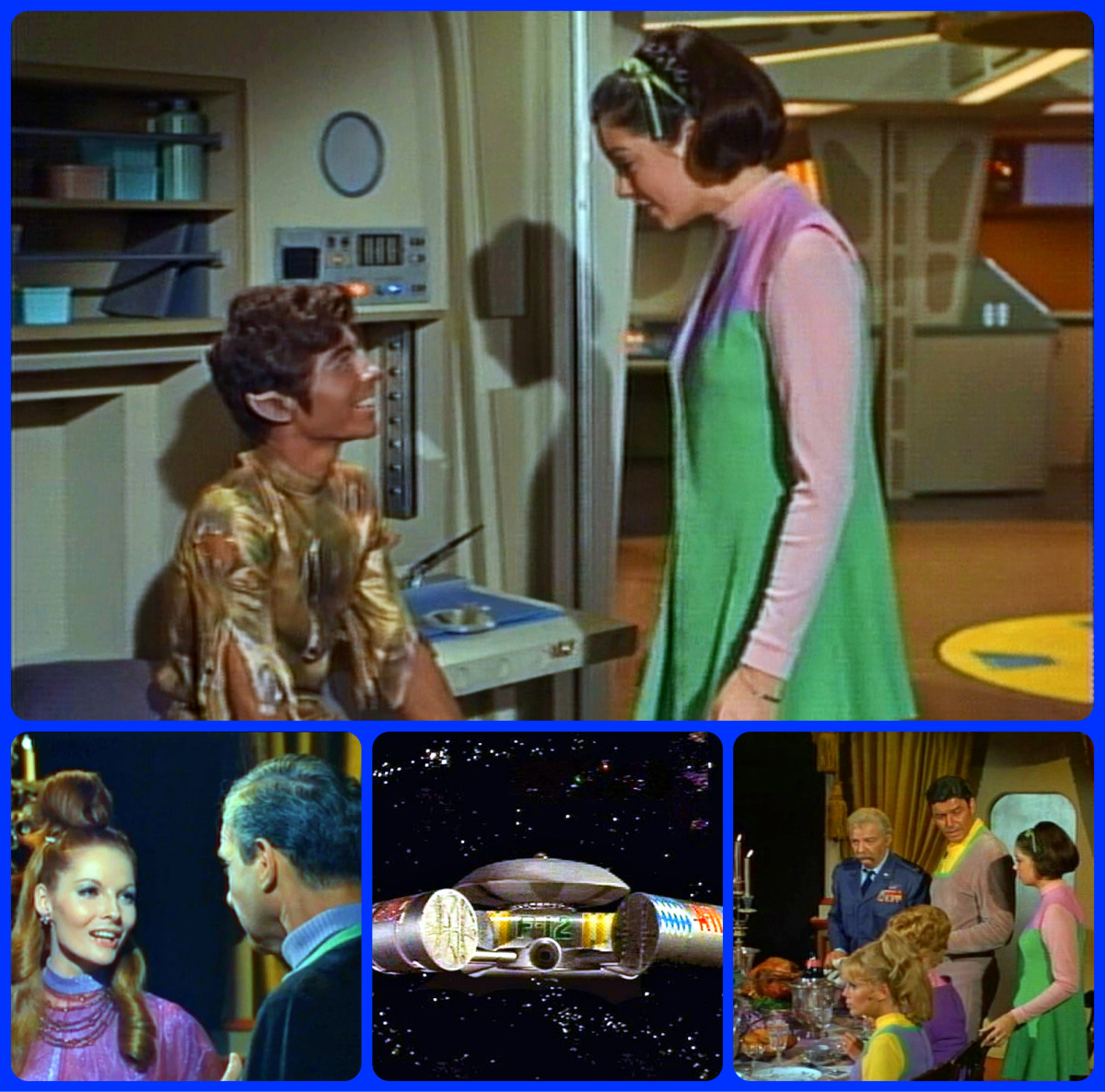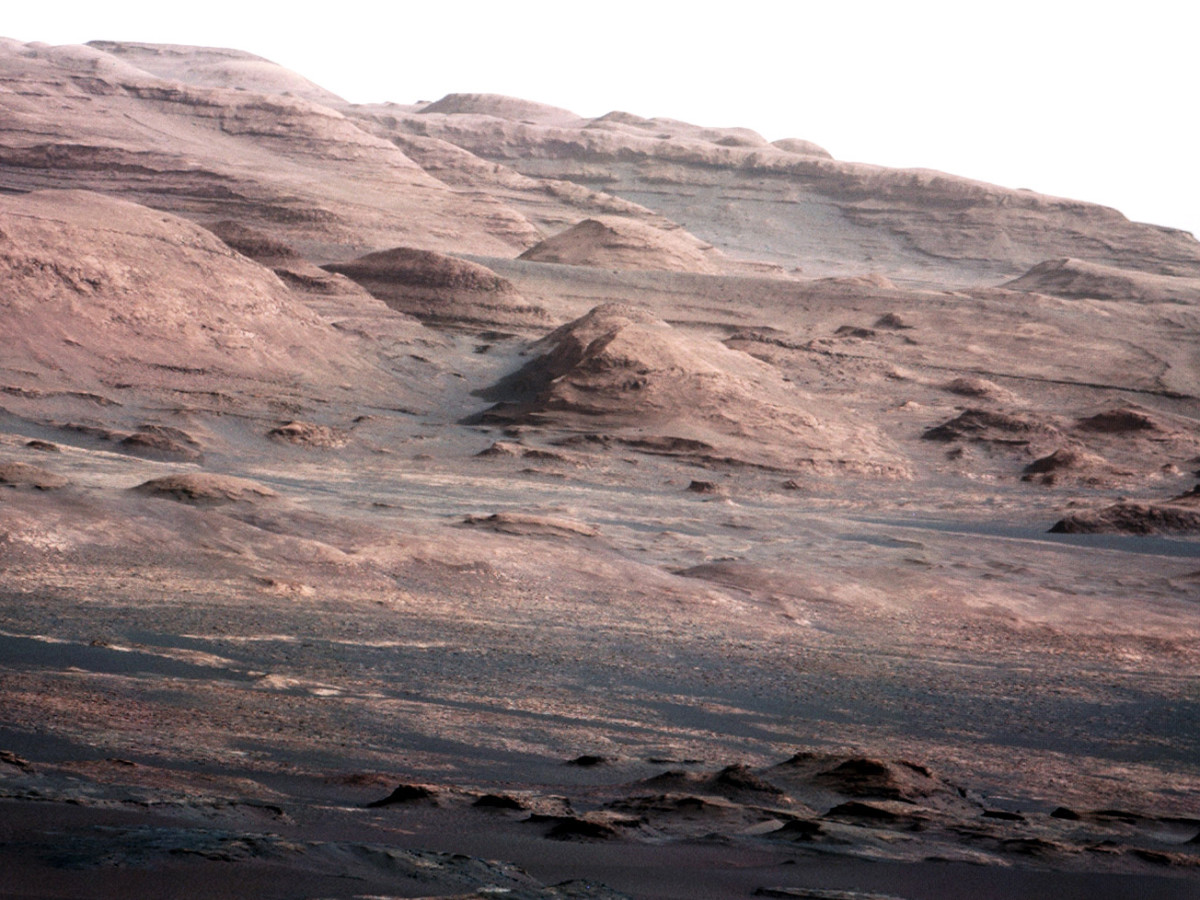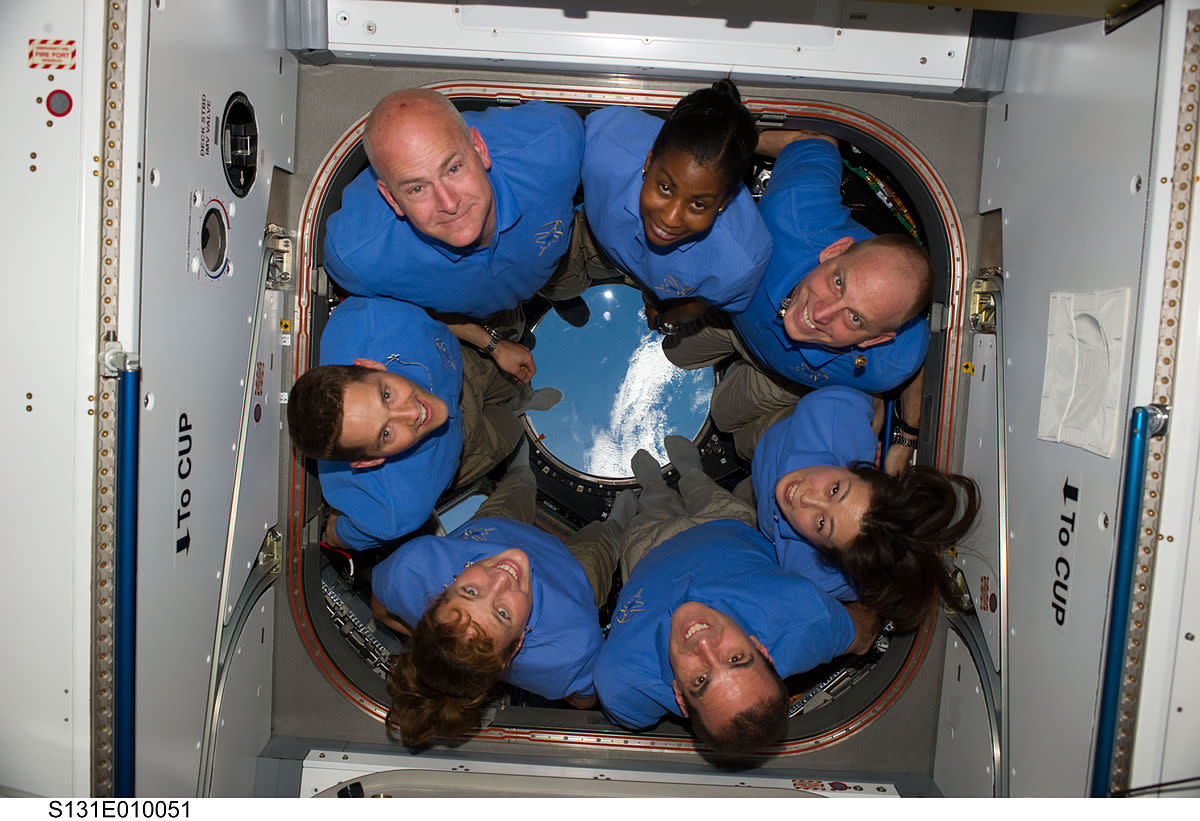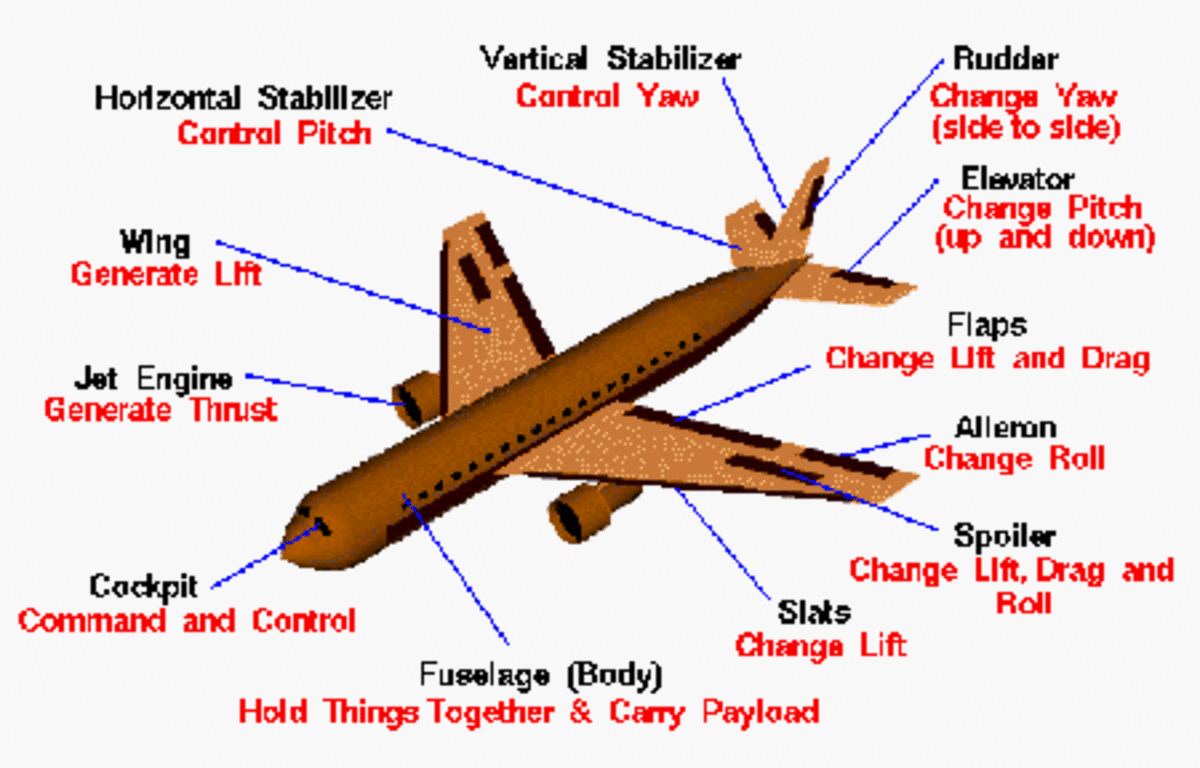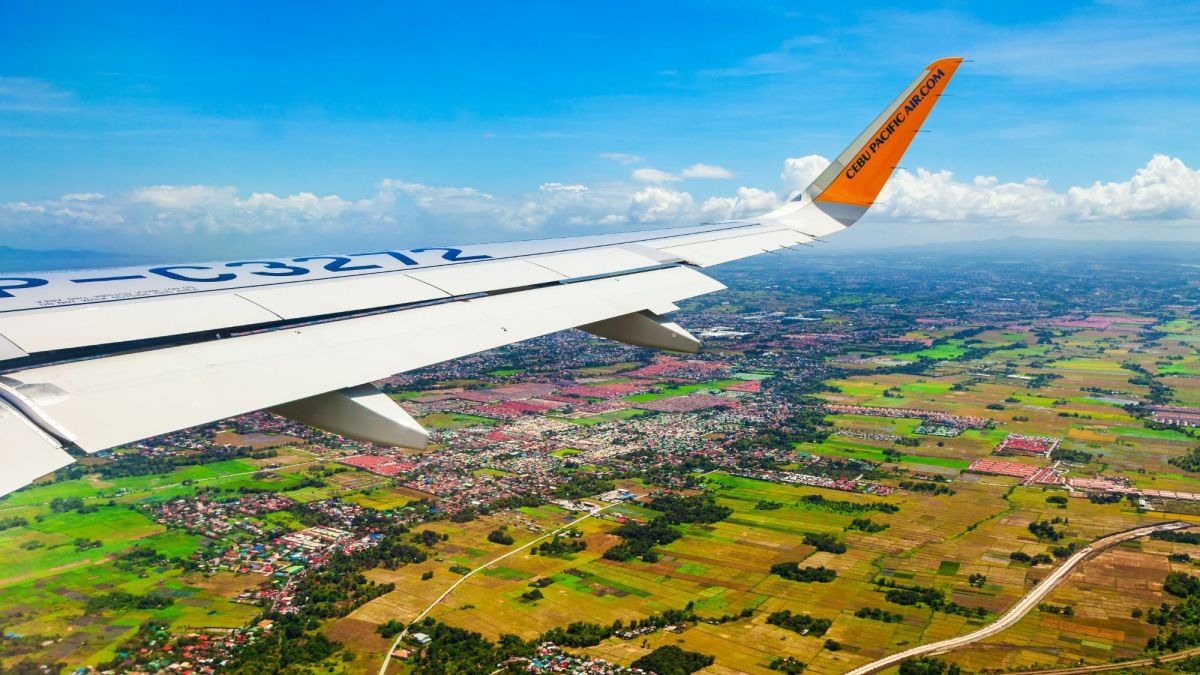Astronomy for Kids: Learn About Space Stations
Imagine living in a small space for months at a time. You can't even walk around in that area. You have to float around. Your food is stored in vacuum sealed plastic bags. Powered drinks mixed with water must be sipped from a bag using a straw. When you need to use the bathroom, you have to be fastened to the toilet seat. This is what life is like on board a space station.
The International Space Station (ISS) is an artificial satellite that people can live in. It orbits the Earth 16 times every day. It is called international because 16 different countries were involved in its development. Astronauts travel to and from the space station in Russian Soyuz spacecraft. Some past space stations were Skylab and Mir.
Related Articles
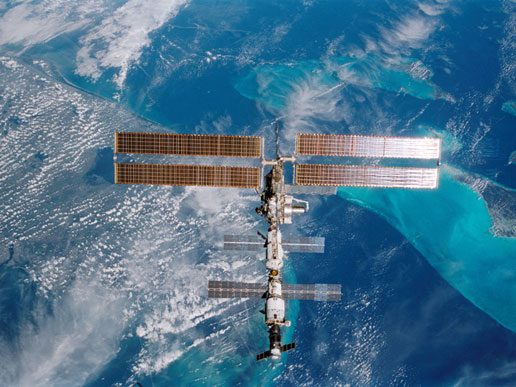
Micro-gravity
Astronauts live in the space station for six months. They carry out various scientific experiments while they are there. The astronauts live and work in weightless conditions. They float around. This is called weightlessness. Weightlessness is also called zero-g or zero-gravity. Many scientists prefer the term micro-gravity.
Micro-gravity can be harmful to humans. It can lead to bone and muscle loss because we need the force of gravity pushing down on us to keep us strong. Astronauts must exercise for about two hours every day to prevent bone and muscle loss. The equipment they use is different than what we use on Earth. They need special equipment. They can't just lift weights to stay strong because a 100 pound weight on Earth would weigh almost nothing in zero-gravity conditions.
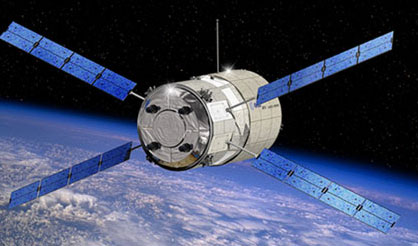
Space Station Supply Ships
Unmanned supply ships, like the European Space Agency’s (ESA) Automated Transfer Vehicle (ATV) bring necessary supplies like food, fuel and experiments. Each ATV is launched by a rocket. They must travel through space for five days to reach the space station. They dock with the station until the supplies are unloaded. When they undock they burn up in the Earth’s atmosphere.
Build your own model ATV: http://download.esa.int/HSO/ATV/Build_your_own_ATV.pdf
Preparation for a Trip to Mars
It would take astronauts months to reach Mars because it's so far away. They would have to spend months on Mars and then make the months long trip back to Earth. That's a long time for people to be stuck in a very small place. We need to know in advance what effects this might have on astronauts and what their needs would be.
The IIS helps us learn about the effects of being in space for long periods of time. It's used to test the technology that is needed for future manned space exploration. Astronauts can learn about what can go wrong and how to solve it. It's easier to learn these things on a space station that's only 240 miles away versus having to figure them out on the 240,000 mile journey to Mars.
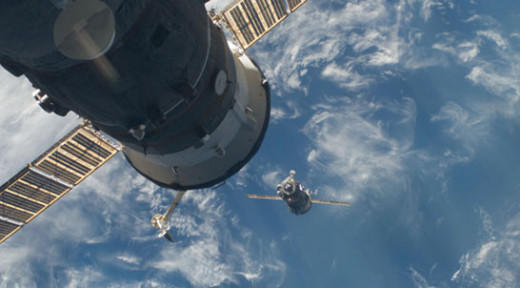
This content is accurate and true to the best of the author’s knowledge and is not meant to substitute for formal and individualized advice from a qualified professional.
© 2013 JoanCA


